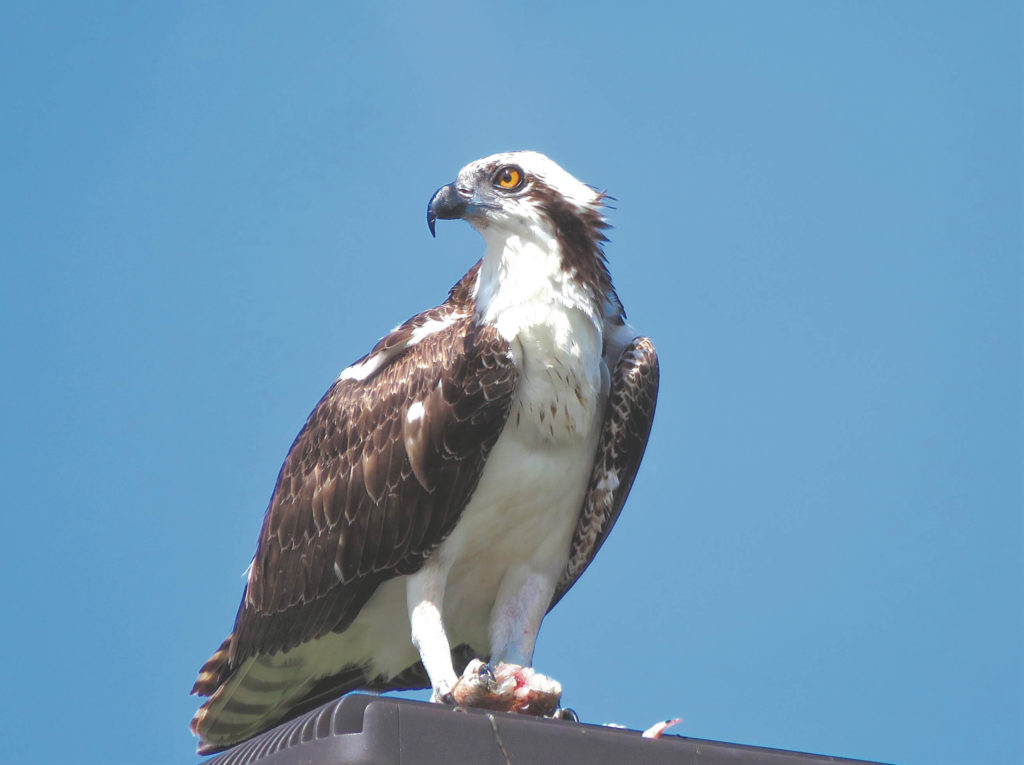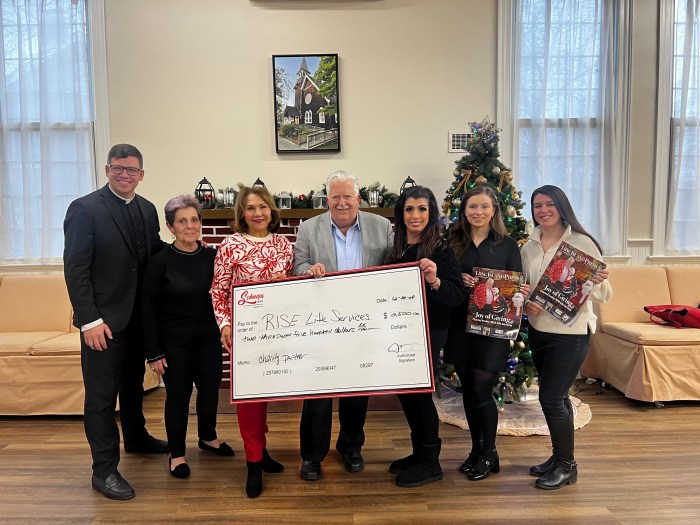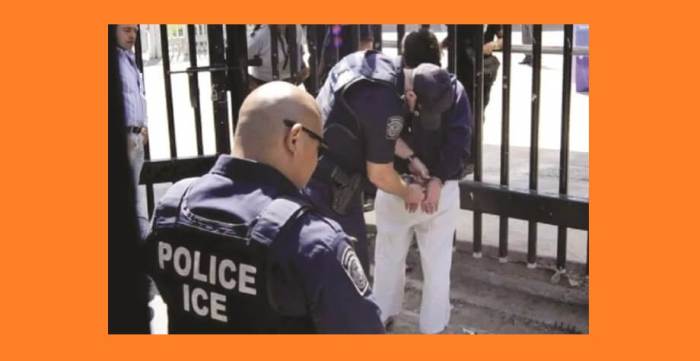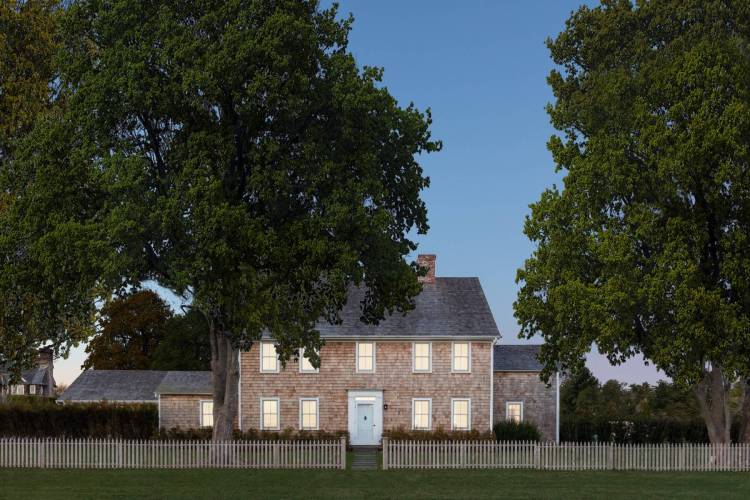PSEG Long Island cleans osprey nests to prepare for the raptors’ return

PSEG Long Island is preparing for the upcoming osprey breeding season by inspecting known nesting areas, performing maintenance on the osprey cams it installed last year, and cleaning out debris and garbage in the nests located near the cameras in Oyster Bay and Patchogue.
Human garbage is hazardous to the birds. Many times, the osprey will gather garbage, such as plastic bags, fishing wire—and in this case, even a bungee cord with a large metal hook—to build their nests.
Safe delivery of power for its customers with its commitment to being a good environmental steward, PSEG has installed dozens of new nesting platforms to deter the birds from nesting on equipment.
Ospreys instinctively seek lofty places for their nests, often choosing utility poles and transmission structures. When ospreys build a nest on electrical equipment, it puts the nest in danger of catching fire, which can cause significant damage and outages to customers, as well has harm to the ospreys. The birds are at high risk of electrocution, as their large wingspan can complete the circuit between closely spaced equipment or between wires.
PSEG has installed webcams at two of the nests safely relocated by line workers. Long Island is home to more than 400 species of birds, including the majestic osprey. Ospreys are large beautiful birds and a popular sight on Long Island. From the 1950s through the 1970s, Long Island’s osprey population decreased and became endangered. The effort to build safe nesting sites on or near waterways has contributed to the rise in the population of osprey.’
Visit www.youtu.be/zFbNipM6ne0 to view the work at the nest. Visit www.psegliny.com/wildlife/ospreycam for more information about osprey and to view a live feed of the nests.
—Submitted by PSEG Long Island
































